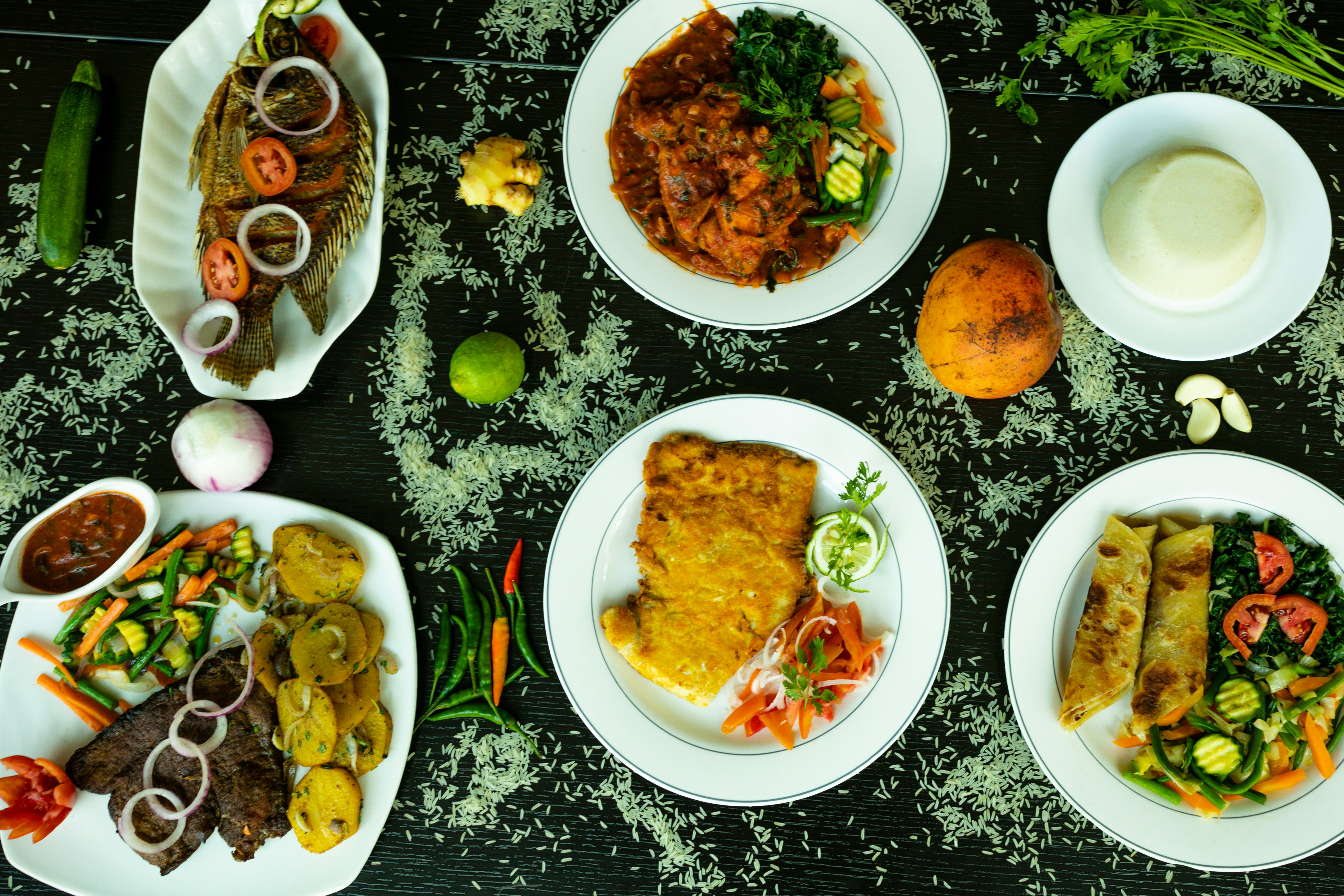
كيف تشتري ذهب من السودان بشكل قانوني؟ (دليل شامل 2024)
السودان من أكبر منتجي الذهب في أفريقيا، لكن بسبب الأزمة الاقتصادية وانعدام الاستقرار، أصبح شراء الذهب…
كيف أرسل تحويل مالي إلى السودان مع انهيار البنوك؟ (أحدث الطرق 2024)
مع انهيار النظام المصرفي السوداني وتعطّل معظم البنوك بسبب الأزمة الاقتصادية والحرب، أصبح إرسال الأموال إلى السودان…
أرخص طريقة لشراء الذهب من السودان 2024
مقدمةفي ظل الأوضاع الاقتصادية الحالية التي تعاني منها العديد من البلدان، يشهد الذهب كاستثمار آمن…
سعر الدولار في السودان اليوم مقابل الجنيه في السوق السوداء
مقدمة حول سعر الدولار في السودانيعتبر سعر الدولار الأمريكي أحد العناصر الأساسية التي تؤثر بشكل…
خريطة المعارك في السودان اليوم بين الجيش والدعم السريع
مقدمةتُعتبر الأحداث الجارية في السودان عنصرًا محوريًا في النقاشات السياسية والعسكرية على المستويين الإقليمي والدولي.…
هل انتهت الحرب في السودان 2024؟
مقدمة عن النزاع السودانييُعتبر النزاع في السودان قضية معقدة ذات جذور تاريخية عميقة. يعود تاريخ…
أخر أخبار السودان اليوم مباشر
مقدمةيعيش السودان في المرحلة الراهنة أحداثًا مفعمة بالتحديات والتطورات الميدانية الجسيمة. فقد تأثرت الأرض السودانية…
أفضل المواقع السياحية في الخرطوم
مقدمة عن الخرطومتعتبر مدينة الخرطوم عاصمة جمهورية السودان وأكبر مدنها، وهي تحتل موقعاً جغرافياً متميزاً…
كيفية السفر إلى السودان
مقدمةتعد السودان واحدة من الوجهات السياحية الفريدة التي تجمع بين الثقافة الغنية والتاريخ العريق، مما…
أفضل وصفات الطعام السوداني
مقدمة عن المطبخ السودانييمثل المطبخ السوداني جزءًا جوهريًا من الثقافة السودانية، حيث يعكس تنوع البلاد…







